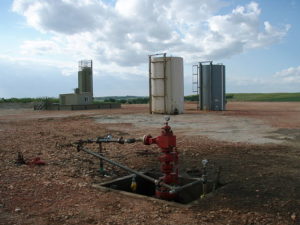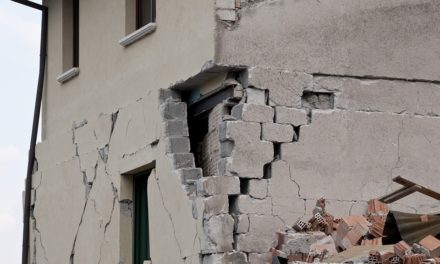Earlier this week I attended and spoke at the 2014 Oklahoma Brownfields Conference in Tulsa, Oklahoma. The theme of the conference was “Rethink, Reinvest, Reinvent.”
Sessions on the first day included a general session by Bill Strickland from Pittsburgh, Pennsylvania, author of several books on making the impossible possible. He talked about how he took a former brownfield and turned it into a place where welfare mothers and high school dropouts could come and learn a skill or trade in one of several 12-month programs. He focused on the idea that a person’s environment dictates their behavior.
After the general sessions, the discussions got more technical. I attended a session on Brownfields 101, which included discussions of basic terminology (which has been complicated with recent changes in EPA regulations regarding brownfields), how to assemble the right team to complete a brownfield project, and the legal considerations of redeveloping a brownfield site. In a nutshell, a brownfield is real property that has actual contamination or is perceived to have some kind of contamination. Brownfields have their own set of redevelopment challenges that make them different from any other kind of real property that a developer may seek to adaptively reuse or rebuild from the ground up.
Speaker Tyson Hackenberg of the Louisiana Brownfields Association encouraged the audience to think about the motivations and incentives that face different parties when assembling a team to conduct a brownfield redevelopment. For example, buyers of a brownfield (or former brownfield) property need to have a good working relationship with a lender because often a lender will have serious concerns about lending on a property with actual environmental contamination or a property that is perceived to be contaminated. Also, the type and extent of contamination matter. In addition, regulators generally come in two kinds—those who are very technical on scientific issues related to brownfields and those who have more of an economic development focus and are concerned mainly with how the site is going to be redeveloped and fits into the existing neighborhood.
As for the legal considerations, another speaker, Bob Richards from the U.S. Environmental Protection Agency (EPA), said the most interesting thing: approximately 9 out of 10 times, there will still be some contamination on a property even after remediation is complete and a No Further Action Required (NFA) letter is issued. His argument is that there are tools out there to manage leftover or legacy contamination.
In my “Reinvent” session held on Thursday morning, I focused on the unknown risks associated with brownfields. In particular, I discussed whether abandoned fracking sites qualify as a brownfield under the current EPA definition. I had interesting feedback from several people, one of whom asked me to clarify whether I was talking about active or abandoned fracking sites. The state and federal funding to remediate brownfields exists for real property with perceived or actual contamination.

A wellhead after all the fracking equipment has been taken off location, courtesy of Joshua Doubek, CC BY-SA 3.0.
Fracking presents some nuances that I don’t believe have been figured out yet. If we limit the discussion to abandoned fracking sites, then here are some issues. First, fracking companies lease subsurface (or mineral) rights, but they also have limited rights to operate equipment on the surface. The definition of “real property,” which is included in the EPA’s definition of brownfields, usually stops a few feet below the surface. This raises the question—does the property owner have access to brownfield funding (at any level of government) after the fracking company has packed up and left? What is the typical state of a former fracking site once the well no longer produces oil or gas? Do leases typically include a stipulation of the state or quality in which the property must be left once the fracking company is done or if the lease expires?
These are all interesting questions that must be addressed. With approximately 1.1 million oil and gas sites in the United States, there could be a huge demand for government funding to do remediation activities of these sites once they are no longer producing oil and gas and are abandoned.
I was impressed with the quality of the speakers attracted to the Oklahoma Brownfields Conference and the diverse perspectives of the audience members. I was honored to be a part of it.






Recent Comments